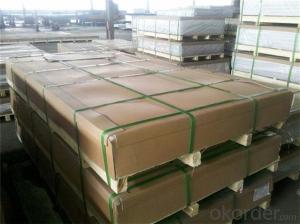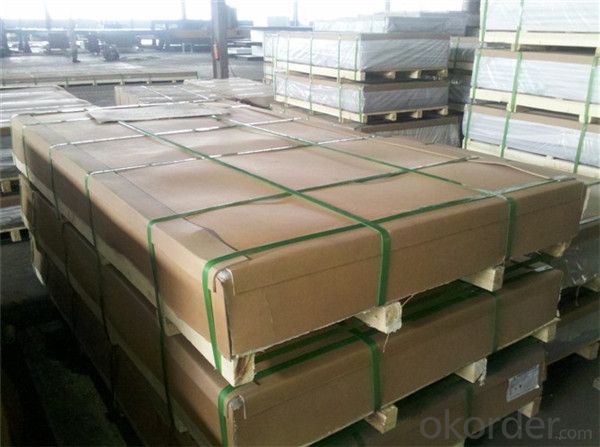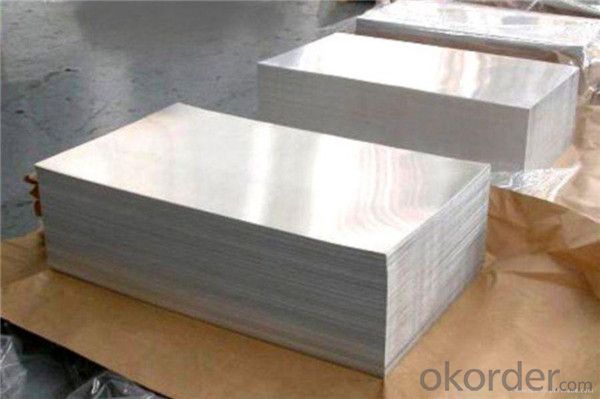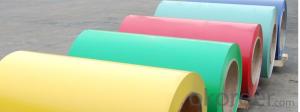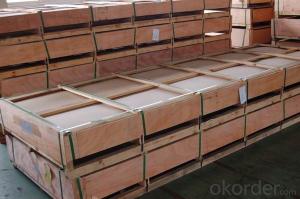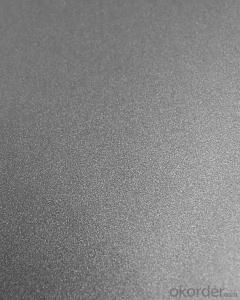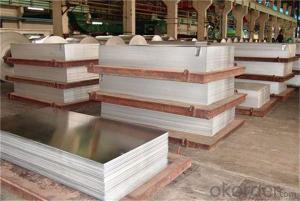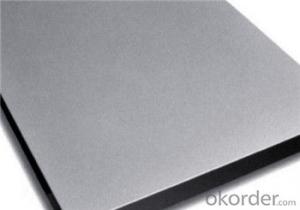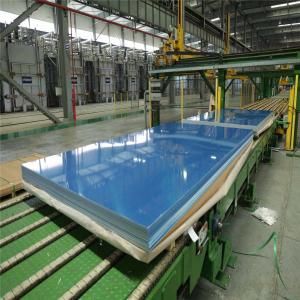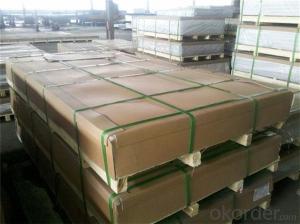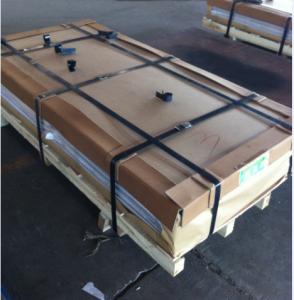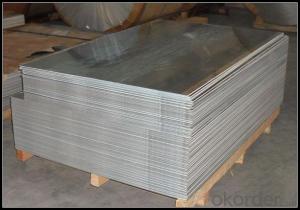Aluminum Flat Sheets for Sale - Aluminium Sheet 1050 H32 Mill Finish with Best Quality
- Loading Port:
- Shanghai
- Payment Terms:
- TT OR LC
- Min Order Qty:
- 3 m.t.
- Supply Capability:
- 100000 m.t./month
OKorder Service Pledge
OKorder Financial Service
You Might Also Like
Specification
1.specification
material: | Alloy or not | ||
thickness: | 1,3 series | 0.3-9.5mm | |
5series | 0.5-150mm | ||
6 series | 5-150mm | ||
7series | More than 6mm | ||
width: | 1,3 series | 900-1500mm | |
5 series | 900-1500mm | ||
6 ,7series | As your request | ||
Circulation size: (width*length)
| 1220*2440mm 1250*2500mm 1500*3000mm 1000*2000mm | ||
Usage : | Boat, plane, building, packaging, machine…. | ||
MOQ | 3 tons | ||
2.product show
Dear Customer, why do I have the confidence to let you buy our product ?
♥strict chemical composition , good hardness high safety performance
♥Oxide film thickness, corrosion resistance
♥Standard aluminum closed time, no rust
♥smooth surface, no burrs
Our VS others
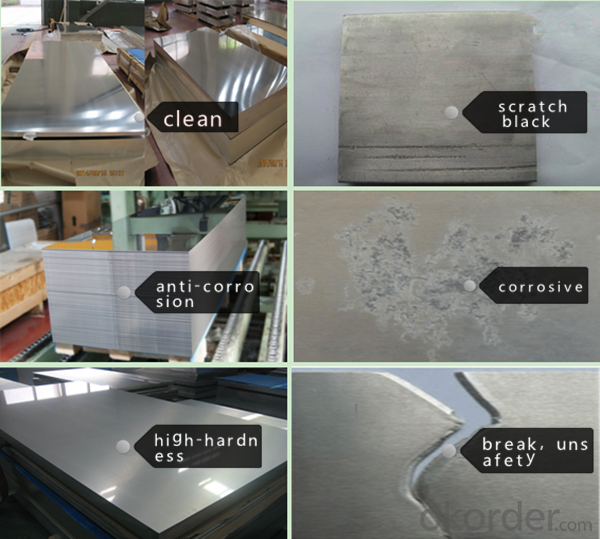
3.shipping:
20~25 working days & send samples:2--3 days after received your advance payment
Mode of transport | advantage | disadvantage | advice |
Express delivery | Fast(3—6days ),door to door wide area coverage | Volume & weight restricted | Good for small cargo |
Sea transpoet | Cheapest volume unlimited | Long sailing time influenced by climate and port conditions | Bulk cargo loose time |
Air transport | Fast(4—5days) simple packaging | The most expensive volume restrict | For valuable cargo urgent need |
Railway | Big volume more expensive | Tracking difficult transit organization may cause delay | Preferred in central Asia |
4.Product photos
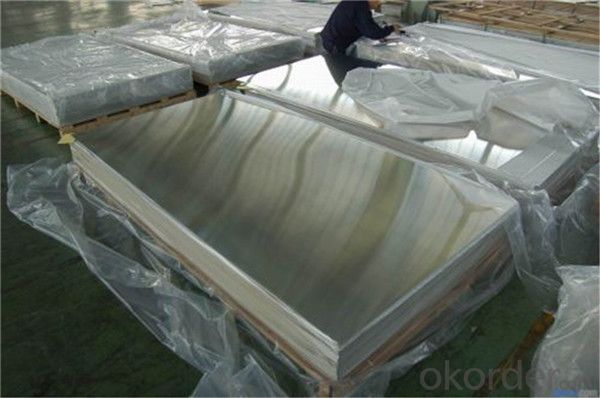
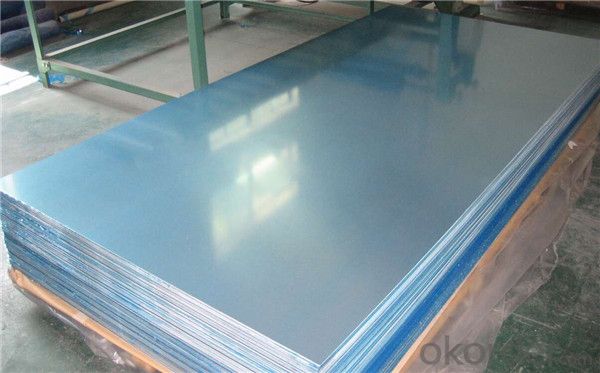
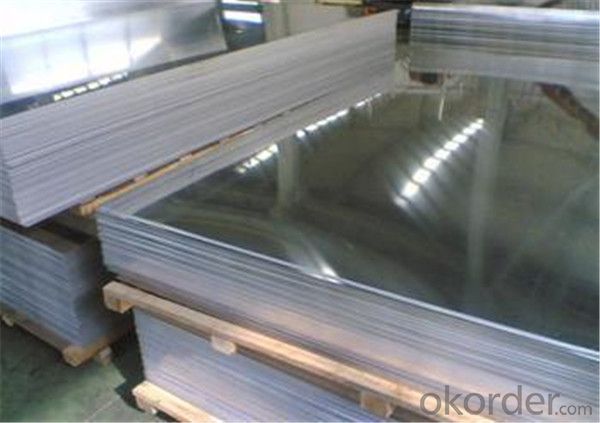
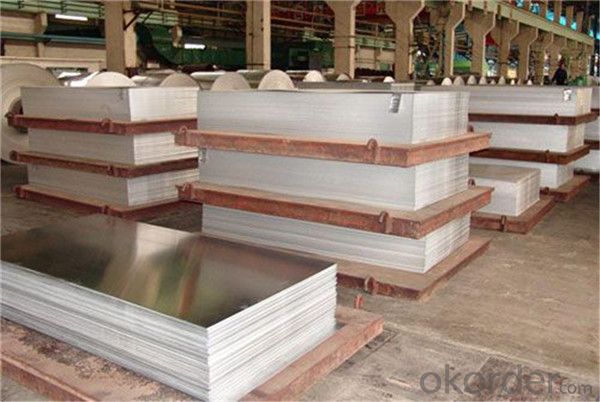
- Q: Is it possible to utilize aluminum sheets in the construction of high-rise buildings?
- <p>Yes, aluminum sheets can be used in high-rise buildings. They are valued for their lightweight, high strength, and resistance to corrosion. Aluminum is often used in curtain walls, window frames, and roofing due to its durability and recyclability. It also offers design flexibility and can be easily shaped and joined, making it suitable for modern architectural designs. However, it's important to ensure that the aluminum used meets the specific building codes and safety standards for high-rise construction.</p>
- Q: Can aluminum sheets be used for heat sinks?
- Yes, aluminum sheets can be used for heat sinks. Aluminum is a popular material for heat sinks due to its high thermal conductivity, lightweight nature, and affordability. It efficiently transfers heat away from electronic components or devices, helping to dissipate and regulate their temperature effectively.
- Q: What are the different types of surface treatments available for architectural aluminum sheets?
- Architectural aluminum sheets come with a variety of surface treatments that serve to improve their appearance, durability, and performance. These treatments make the aluminum suitable for a wide range of architectural applications. One commonly used surface treatment is anodizing. This process entails immersing the aluminum sheet in an electrolytic solution and applying an electric current to create a protective oxide layer on its surface. This oxide layer can be dyed to achieve the desired color or left clear to maintain a natural metallic appearance. Anodized aluminum sheets are highly regarded for their excellent resistance to corrosion, scratches, and color fading. Another surface treatment option is powder coating. In this method, a dry powder is electrostatically applied to the aluminum sheet and then cured in an oven. The powder melts and fuses to the surface, resulting in a smooth and durable finish. Powder coating offers exceptional color retention, weather resistance, and resistance to chipping and cracking. A third type of surface treatment is PVDF coating, which involves applying a high-performance fluoropolymer resin called polyvinylidene fluoride to the aluminum sheet through a coil coating process. PVDF coatings are known for their exceptional resistance to fading, chalking, and chemical attack, making them perfect for exterior applications where color retention and durability are crucial. Additionally, there are various mechanical surface treatments available for architectural aluminum sheets. These treatments, such as brushing or polishing, can be employed to achieve the desired texture or reflectivity on the surface. Mechanical treatments allow for the creation of brushed, satin, or mirror-like finishes, adding aesthetic appeal to the aluminum sheet. To summarize, architectural aluminum sheets can be treated using anodizing, powder coating, PVDF coating, or mechanical treatments. Each treatment offers unique advantages and characteristics, enabling architects and designers to select the most suitable option for their specific project requirements.
- Q: What is the cost of aluminum sheet compared to other metals?
- The cost of aluminum sheet compared to other metals can vary depending on various factors such as market conditions, availability, and specific metal grades. Generally, aluminum sheet is considered to be more affordable than many other metals such as stainless steel, copper, and brass. This is mainly due to the abundance of aluminum in the Earth's crust and the relatively low cost of extracting and refining it. Additionally, aluminum is often lighter in weight compared to other metals, making it a more cost-effective option for applications where weight is a concern, such as in the transportation industry. However, it is important to note that the cost of aluminum can fluctuate based on global supply and demand dynamics, tariffs, and other economic factors. Therefore, it is recommended to check current market prices and consult with suppliers or metal specialists for accurate and up-to-date pricing information.
- Q: How do you prevent galvanic corrosion when using aluminum sheets with other metals?
- To prevent galvanic corrosion when using aluminum sheets with other metals, there are several measures that can be taken: 1. Use a protective coating: Applying a protective coating, such as paint or anodizing, on the aluminum surface can create a barrier between the aluminum and other metals, preventing direct contact and reducing the risk of galvanic corrosion. 2. Insulate the metals: Placing a non-conductive insulating material, such as rubber or plastic, between the aluminum and other metals can help isolate them and prevent galvanic corrosion. 3. Choose compatible metals: Selecting metals that are less prone to galvanic corrosion when in contact with aluminum can reduce the risk. For example, stainless steel, titanium, or other corrosion-resistant alloys are often preferred when working with aluminum sheets. 4. Use dielectric materials: Inserting a dielectric material, such as nylon or Teflon washers, between the aluminum and other metals can act as a barrier and inhibit the flow of electrical current, thereby preventing galvanic corrosion. 5. Control the environment: Avoiding environments with high moisture levels or extreme temperature variations can help reduce the likelihood of galvanic corrosion. Proper ventilation and moisture control can also play a significant role in preventing this type of corrosion. It is important to note that the best preventive measures may vary depending on the specific application and the types of metals involved. Consulting with a materials engineer or corrosion specialist can provide valuable guidance in selecting the most appropriate strategies to prevent galvanic corrosion in a particular scenario.
- Q: This question asks about the various applications of aluminum sheets within the construction industry.
- <p>Aluminum sheets are widely used in construction for their durability, lightweight, and resistance to corrosion. They are commonly used for roofing and cladding due to their ability to withstand harsh weather conditions. Aluminum sheets are also used in the manufacturing of window frames and doors because of their strength and thermal insulation properties. Additionally, they are utilized in the construction of scaffolding and temporary structures due to their ease of assembly and disassembly. In interior design, aluminum sheets can be used for decorative purposes, such as wall panels and ceilings. Their recyclability also makes them an environmentally friendly choice for construction projects.</p>
- Q: How do aluminum sheets compare to steel sheets in terms of weight?
- Aluminum sheets are significantly lighter than steel sheets, as aluminum has a lower density compared to steel.
- Q: What is the specific heat capacity of aluminum sheets?
- The specific heat capacity of aluminum sheets is approximately 0.897 J/g·°C.
- Q: What are the physical properties of aluminum?
- Aluminum possesses a silver-white appearance and is renowned for being a lightweight and malleable metal. It exhibits a relatively low melting point of 660.3 degrees Celsius (1220.5 degrees Fahrenheit) and a boiling point of 2519 degrees Celsius (4566 degrees Fahrenheit). With a density of 2.7 grams per cubic centimeter, it is approximately one-third as dense as steel. Furthermore, aluminum serves as a proficient conductor of both electricity and heat, thus finding widespread utilization in electrical transmission lines and heat sinks. Additionally, it showcases resistance to corrosion, due to the creation of a thin oxide layer on its surface, which renders it suitable for an array of applications across industries, including construction, automotive, aerospace, and packaging.
- Q: Are aluminum sheets suitable for use in cryogenic environments?
- Yes, aluminum sheets are suitable for use in cryogenic environments. Aluminum has excellent thermal conductivity and low density, making it an ideal material for cryogenic applications. It can withstand extremely low temperatures without losing its structural integrity or experiencing significant thermal expansion. Additionally, aluminum has good corrosion resistance and can be easily fabricated into various shapes and sizes. These properties make aluminum sheets commonly used in cryogenic systems, such as cryostats, superconducting magnets, and liquid nitrogen storage tanks.
Send your message to us
Aluminum Flat Sheets for Sale - Aluminium Sheet 1050 H32 Mill Finish with Best Quality
- Loading Port:
- Shanghai
- Payment Terms:
- TT OR LC
- Min Order Qty:
- 3 m.t.
- Supply Capability:
- 100000 m.t./month
OKorder Service Pledge
OKorder Financial Service
Similar products
Hot products
Hot Searches
Related keywords
